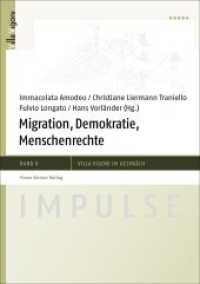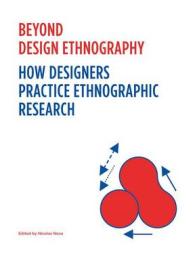Full Description
Selected paper presented at the 1st International Conference on Urban Agriculture and City Sustainability are contained in this book. The research reviews ways in which urban agriculture can contribute to achieve sustainable cities and considers ways of reducing the impact in terms of use of natural resources, waste production and climate change.
The increasing number of people in cities requires new strategies to supply the necessary food with limited provision of land and decreasing resources. This will become more challenging unless innovative solutions for growing and distributing food in urban environments are considered.
The scale of modern food production has created and exacerbated many vulnerabilities and the feeding of cities is now infinitely more complex. As such the food system cannot be considered secure, ethical or sustainable.
In the last few years there has been a rapid expansion in initiatives and projects exploring innovative methods and processes for sustainable food production. The majority of these projects are focused on providing alternative models that shift the power back from the global food system to communities and farmers improving social cohesion, health and wellbeing. It is therefore not surprising that more people are looking towards urban farming initiatives as a potential solution.
These initiatives have demonstrated that urban agriculture has the potential to transform our living environment towards ecologically sustainable and healthy cities. Urban agriculture can also contribute to energy, natural resources, land and water savings, ecological diversity and urban management cost reductions.
The impact urban agriculture can have on the shape and form of our cities has never been fully addressed. The studies included in this volume look at how cities embed these new approaches and initiatives, as part of new urban developments and show that a city regeneration strategy is critical.
Contents
Contents
Urban Foodprints (UF) - Establishing baseline scenarios for the sustainability assessment of high-yield urban agriculture; New policies for the management of peri-urban agricultural spaces. The case of L'Horta de Valencia (Spain); Architectural implementation of vegetated cover from agriculture for restoring Human Thermal Comfort and mitigating the Urban Heat Island effect in arid regions; Effects of vertical green technology on building surface temperature; Comparing urban food systems between Temperate Regions and Tropical Regions- introducing urban agroforestry in Temperate Climates through the case of Budapest; Mapping the agrodiversity in Bogota - The platform Mapeo AgroEcoBogota; The fate of compost-derived phosphorus in urban gardens; Sustainable agriculture in organic wheat (Triticum aestivum L.) growing in arid region; Heat transfer mechanisms in vertical green systems and energy balance equations; Urban green indicators: A tool to estimate the sustainability of our cities; Users' perceptions and attitudes towards edible campus; Production and economic analysis of a Pop-Up Farm in Mexico City; Cultivating refuge: The role of urban agriculture amongst refugees and forced migrants in the Kurdistan Region of Iraq; Methodology to identify and assess agroecological practices in metropolitan areas. Case study, Concepcion, Chile
Author index








